Mountain biking is a sport that pushes riders and equipment to the limits, demanding a balance of power, control, and efficiency. Among the many factors that influence performance, the gear system and drivetrain setup stand out as crucial components. Whether climbing steep inclines, descending technical trails, or maintaining speed on rolling terrain, the drivetrain determines how effectively a rider transfers energy to the wheels.
In recent years, mountain biking has seen a clear shift from 2x drivetrains (two chainrings at the front) to 1x drivetrains (a single chainring at the front). Each system offers unique advantages, and the choice between them can significantly shape a rider’s experience on the trail.
1. Understanding Drivetrains in Mountain Bikes
A mountain bike drivetrain is the collection of components that propels the bike forward. It typically includes:
- Crankset (with chainring(s))
- Cassette (gears at the rear wheel)
- Chain
- Derailleurs (front and/or rear, depending on setup)
- Shifters
The combination of chainring(s) and cassette determines the gear range — how easy it is to pedal uphill and how much speed can be achieved on flat or downhill terrain.
2. The Traditional 2x Setup
The 2x drivetrain uses two front chainrings, paired with a wide-range cassette. This provides a large number of gears, often between 20–24 usable combinations.
Advantages of 2x systems:
- Wider gear range: Excellent for long climbs and fast descents. Riders have very low gears for climbing and very high gears for sprinting.
- Smaller jumps between gears: Smoother transitions, making it easier to maintain cadence and efficiency on rolling terrain.
- Preferred in endurance riding: Useful for riders who face highly varied conditions over long distances.
Drawbacks of 2x systems:
- Added complexity: Two shifters and a front derailleur mean more parts to adjust and maintain.
- Increased weight: Additional chainring and derailleur add extra grams, which matter to performance riders.
- Chain drops and mechanical issues: More moving parts increase the risk of problems, especially in muddy or rocky conditions.
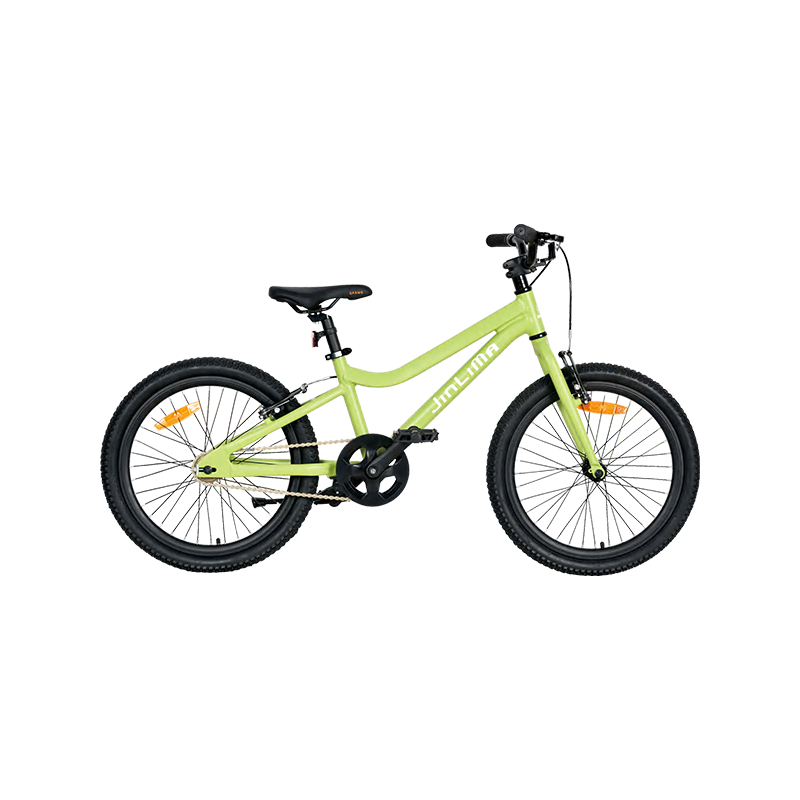
3. The Rise of 1x Drivetrains
In the last decade, the 1x drivetrain has become the standard for most modern mountain bikes. It eliminates the front derailleur and uses a single front chainring, combined with a wide-range cassette at the rear (often 10–50T or larger).
Advantages of 1x systems:
- Simplicity: Only one shifter and derailleur, making shifting intuitive and reducing mechanical issues.
- Weight savings: Fewer components mean a lighter bike, which benefits climbing and handling.
- Improved chain retention: Narrow-wide chainring designs hold the chain securely, even on rough terrain.
- Better clearance: Without a front derailleur, there’s more space for larger tires and fewer parts vulnerable to damage.
Drawbacks of 1x systems:
- Reduced overall gear range: Although wide cassettes have improved this, 1x systems still offer fewer extreme gears compared to 2x setups.
- Bigger jumps between gears: Some riders may notice less smooth cadence, especially on rolling trails.
- Potential limitations for beginners: Riders with less leg strength may find the highest or lowest gears less versatile compared to a 2x system.
4. Performance Implications on the Trail
The choice between 1x and 2x drivetrains directly impacts performance in several ways:
- Climbing: 2x setups provide extremely low gears, making long, steep climbs easier. Modern 1x drivetrains also handle climbs well, but may require more power output in the lowest gear.
- Descending and speed: Riders who need maximum top-end speed may prefer 2x systems. However, for most trail and enduro riders, the high gear range of a 1x system is more than sufficient.
- Technical riding: 1x drivetrains shine in technical sections, where quick, simple gear changes are crucial. The absence of a front derailleur also reduces the chance of mechanical failures.
- Endurance and XC racing: Riders covering varied terrain may appreciate the finer gear steps of 2x systems, while many cross-country racers now embrace lightweight 1x setups for efficiency.
5. Which Setup Should You Choose?
-
Choose 1x if:
- You prioritize simplicity, reliability, and lower weight.
- You ride technical trails, enduro, or downhill where quick reactions matter more than fine gear spacing.
- You prefer modern bike designs with cleaner setups.
-
Choose 2x if:
- You ride long distances with extreme elevation changes.
- You value having the widest possible gear range and smaller steps between gears.
- You are less concerned about extra weight or mechanical complexity.
Conclusion
The drivetrain is the heart of a mountain bike’s performance, dictating how efficiently riders can climb, accelerate, and control their speed. The shift from 2x to 1x systems reflects the industry’s focus on simplicity, reliability, and trail performance.
While 2x setups still appeal to riders who need maximum gear range and smoother transitions, the 1x drivetrain has become the preferred choice for most mountain bikers, offering a balance of lightweight design, low maintenance, and versatile performance.
In the end, the best drivetrain depends on your riding style, terrain, and personal preference — but both 1x and 2x systems have their place in the world of mountain biking.


 0
0


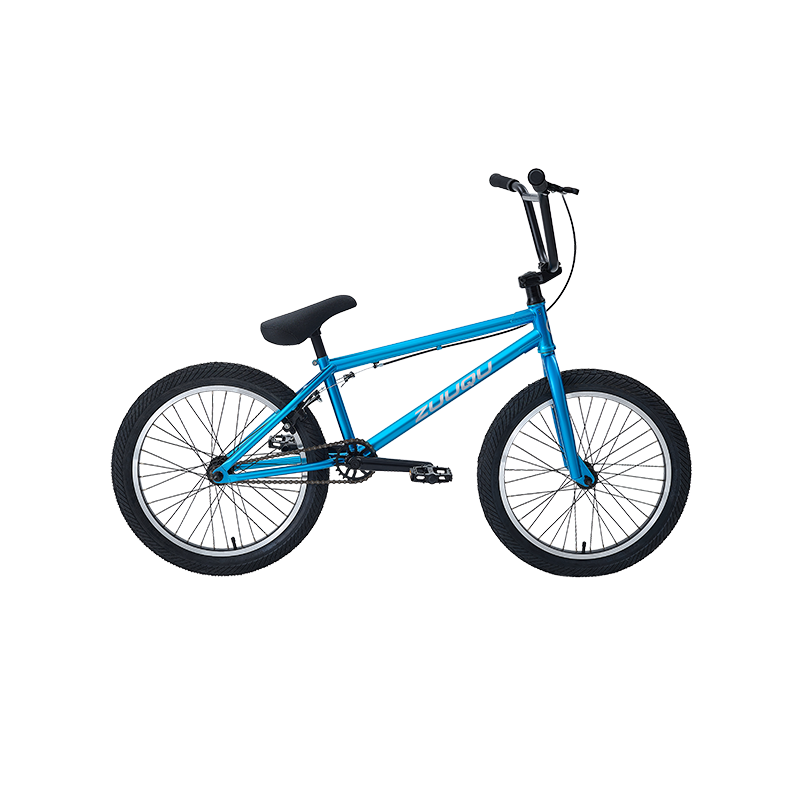

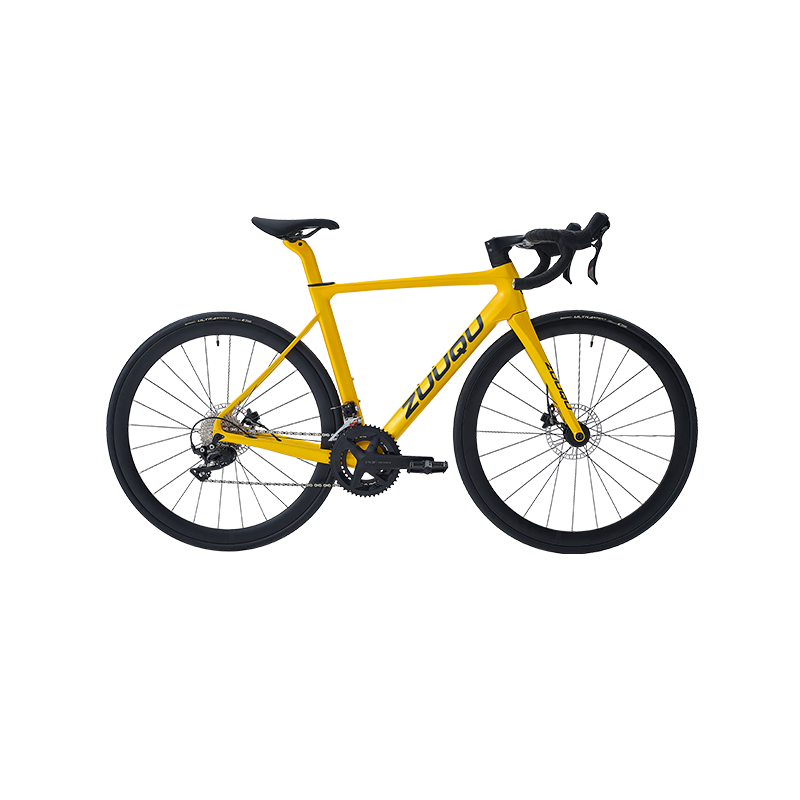

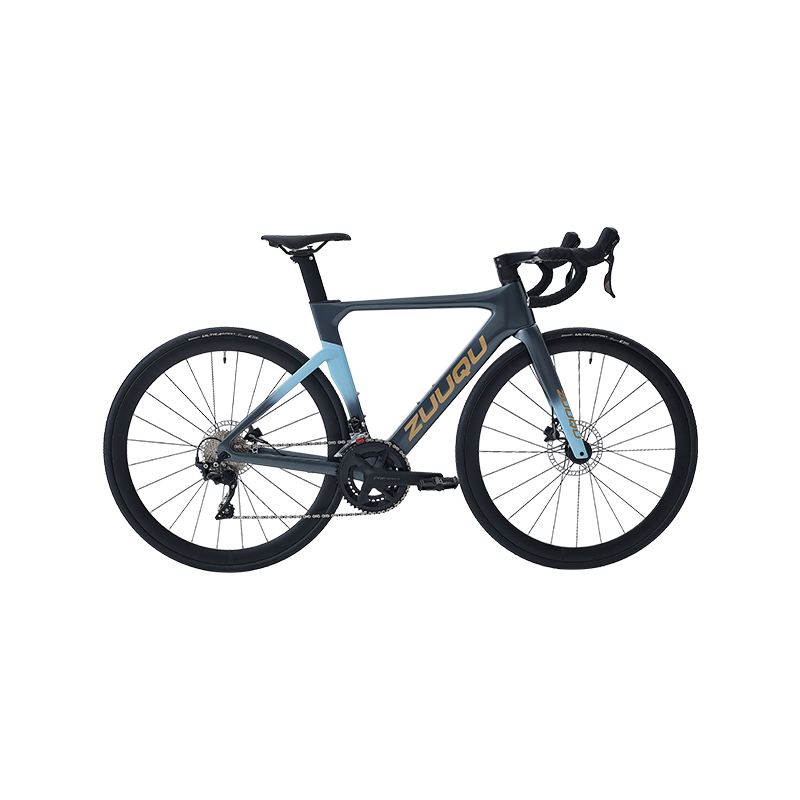
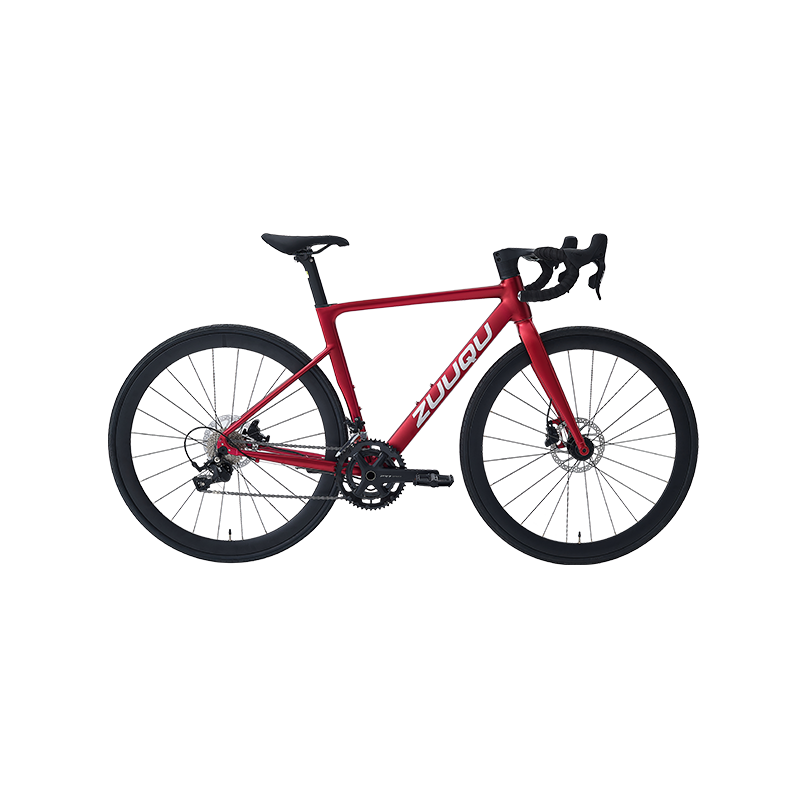
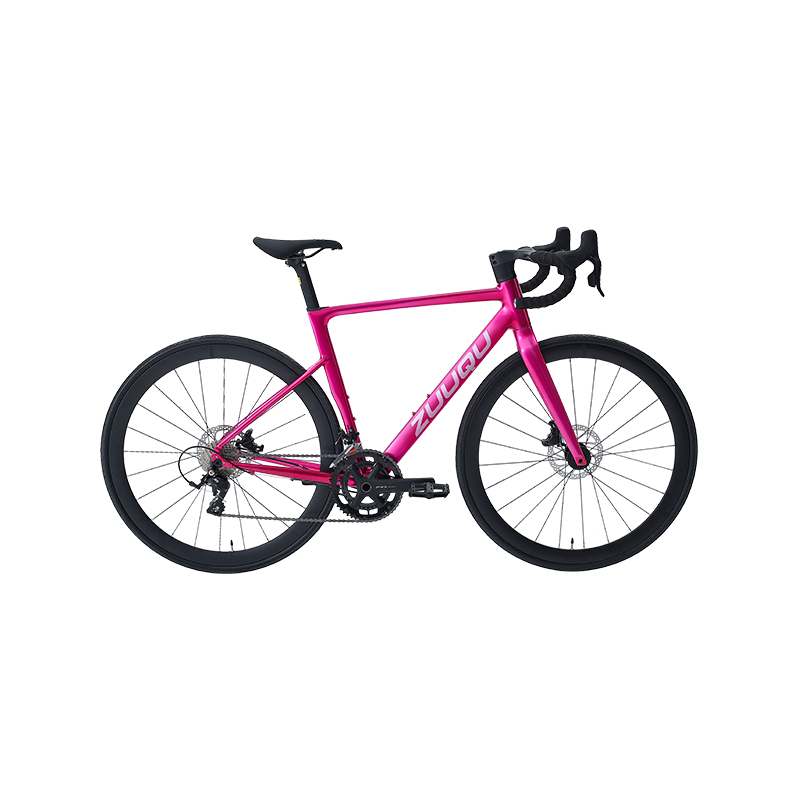
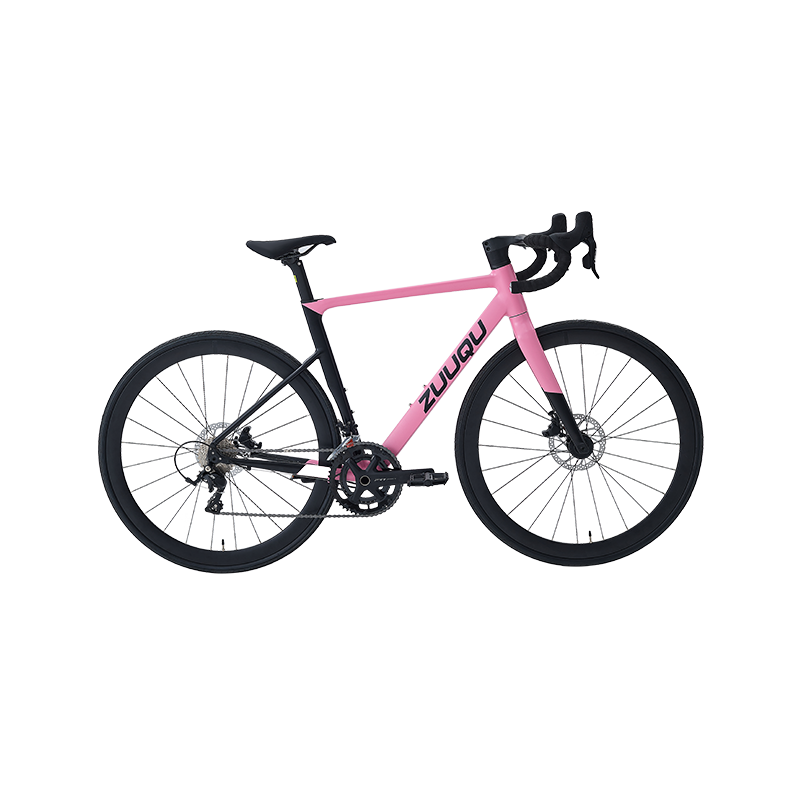
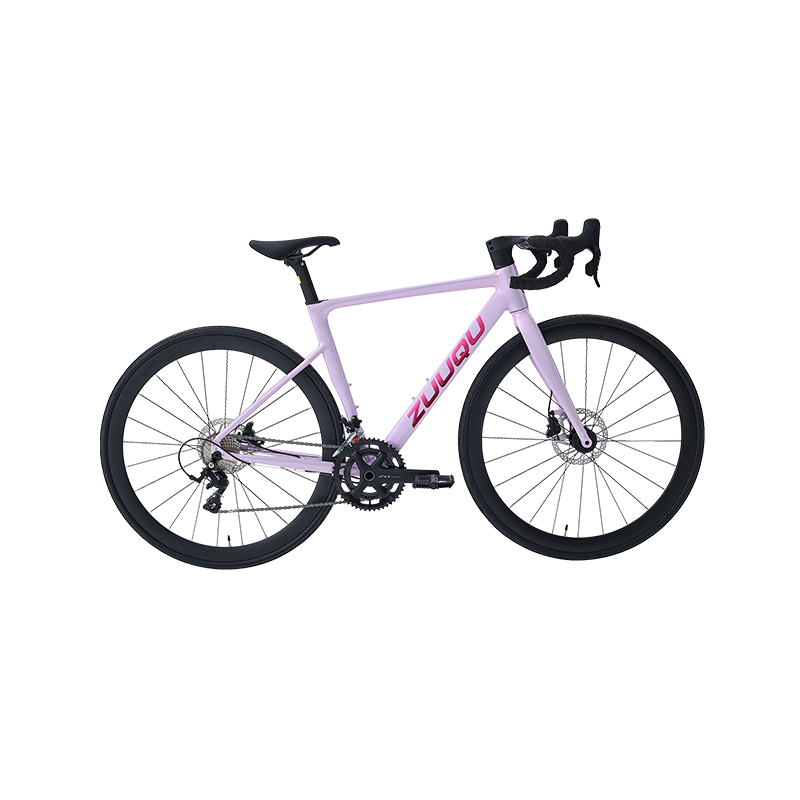
 Linhang industry park, Zhuji,
Linhang industry park, Zhuji,  +86-18858280688
+86-18858280688
